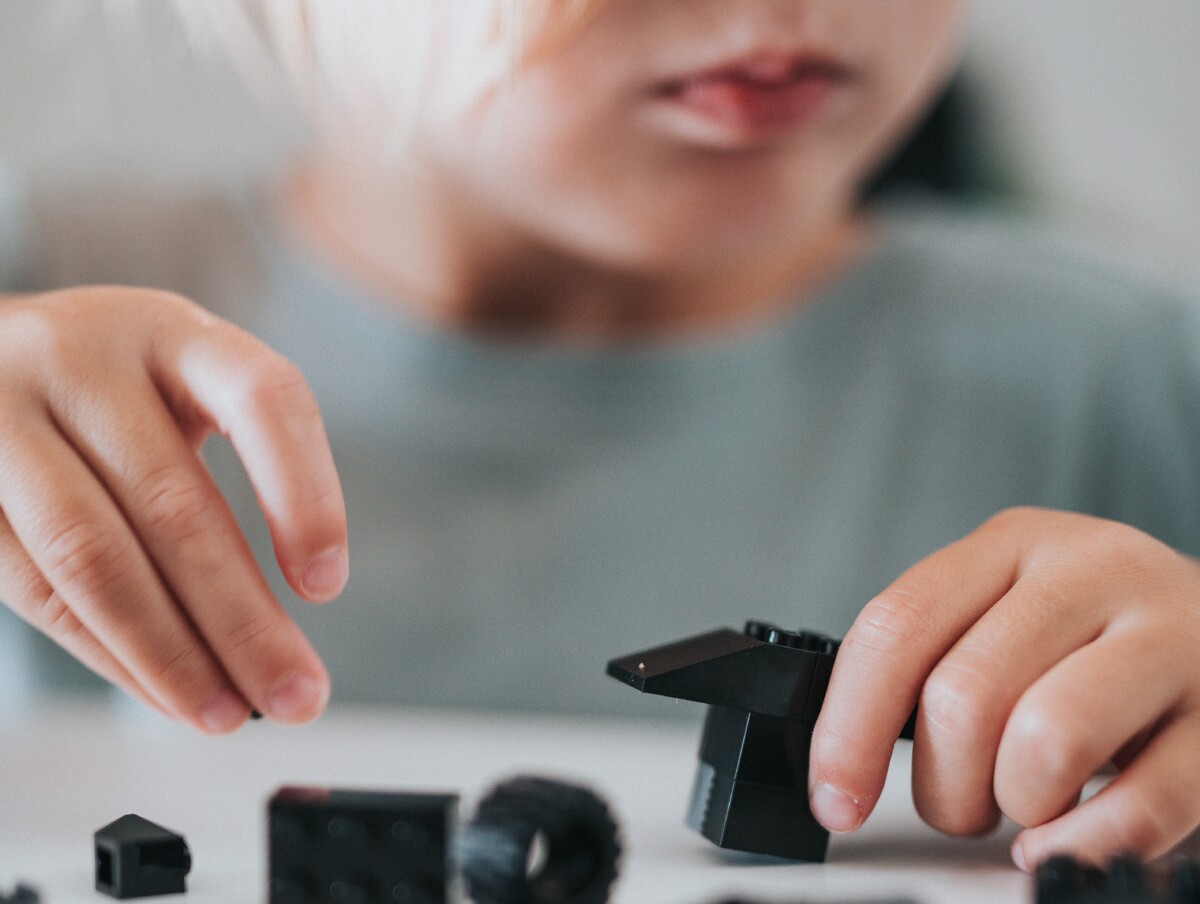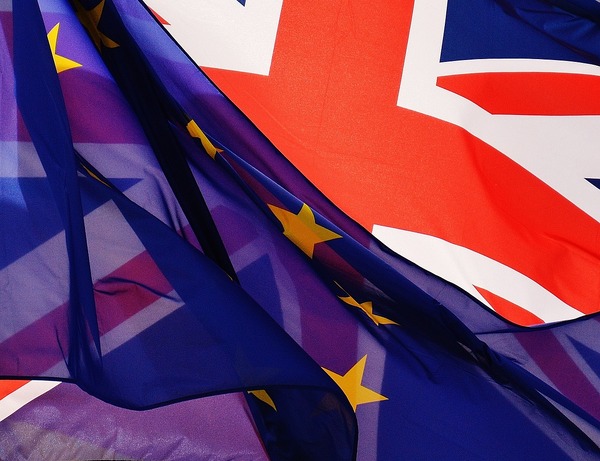You are viewing 1 of your 3 free articles for this month.
Europe moves to improve toy safety, proposing ban on certain chemicals
The European Commission wants to see chemicals that affect the body’s hormone and respiratory systems out of toys. It is also introducing the concept of digital product passports to help legal enforcement of toy safety regulation.

Toys sold in the European Union should be safer if proposals just published by the European Commission are adopted. The toy safety Directive, which governs the safety of children’s toys sold in the EU market, is currently being updated following a review in 2020. The review showed possible risks from harmful chemicals used to make toys, and a lack of good enforcement across Europe.
The Commission’s proposal includes a ban on harmful chemicals, including endocrine disruptors (hormone-disrupting chemicals), and chemicals that affect the respiratory system. Substances that cause cancer, genetic mutation or are toxic for reproduction (together known as CMRs) are already banned. The proposal also comes in the form of a Regulation, which will apply across the EU uniformly (Directives require EU member states to transpose them into national law, which can lead to inconsistencies).
Toys will also be required to have a digital product passport, which will include information on compliance with the proposed legislation. Importers will have to submit digital product passports for all toys at the EU borders, including for those sold online. A new IT system will screen all digital product passports and identify shipments that need detailed controls at customs. National inspectors will continue to be responsible for carrying out checks on toys.
This is the second time the Commission has proposed use of product passports (previously, it was included in proposals to update rules for batteries). The technology should be instrumental in tracking hazardous substances used in products. This is critical for people who use products, who might be exposed, but it should also help ensure a ‘clean’ circular economy by ensuring materials being recycled do not contain hazardous substances.
The European Consumer Organisation (Beuc) welcomed the commission’s proposal, stating that if it becomes EU law "it would be the first time ever – worldwide – that both known and suspected hormone-disrupting chemicals are banned from an entire product group”.
Thierry Breton, European Commissioner for Internal Market, said: “This proposal will ensure that children are even more protected when playing with toys, including from harmful chemicals. Enforcement will be stepped up thanks to digital technologies, allowing unsafe toys to be more easily detected, notably at EU borders.
Toy-makers’ concerns
Toy Industries of Europe (TIE), the voice of toy manufacturers in the EU, said in a statement that it’s “not convinced the proposal has really hit the nail on the head”.
“The current text misses the opportunity to tackle the tsunami of unsafe products that non-EU traders sell on online platforms,” said the group. “Neither the digital services Act nor the general product safety Regulation has provided a solution here.” The group wants online platforms to be made responsible when they import toys.
It is also concerned that the new Directive will make it too cumbersome or expensive to put safe toys on the market, which would be a “great gift” to traders who have no intention of complying with the rules.
TIE also cautioned against imposing the new restrictions solely on toys, noting that the proposal may affect the businesses it’s designed to help. “Toys are already stricter regulated in terms of the substances they contain than other products that children are more regularly in touch with,” said Catherine Van Reeth, director-general of TIE. “If toy materials need to comply with much stricter criteria than those other everyday products, our industry – which is 99% SMEs – will struggle to find suppliers ready to provide us with such specific, niche materials at a reasonable price.”
Find out moreThe European Commission Q&A on its toy safety Directive proposal Eurostat’s breakdown of imported toy data Beuc’s comment Toy Industries of Europe’s statement Learn more about the social and environmental challenges of toys here). |
Activate employees
Find out how OckiPro membership engages employees to deliver sustainability impact.
Get Involved
There are many ways to get involved with Ocki and its community. To find out more, click the button below




